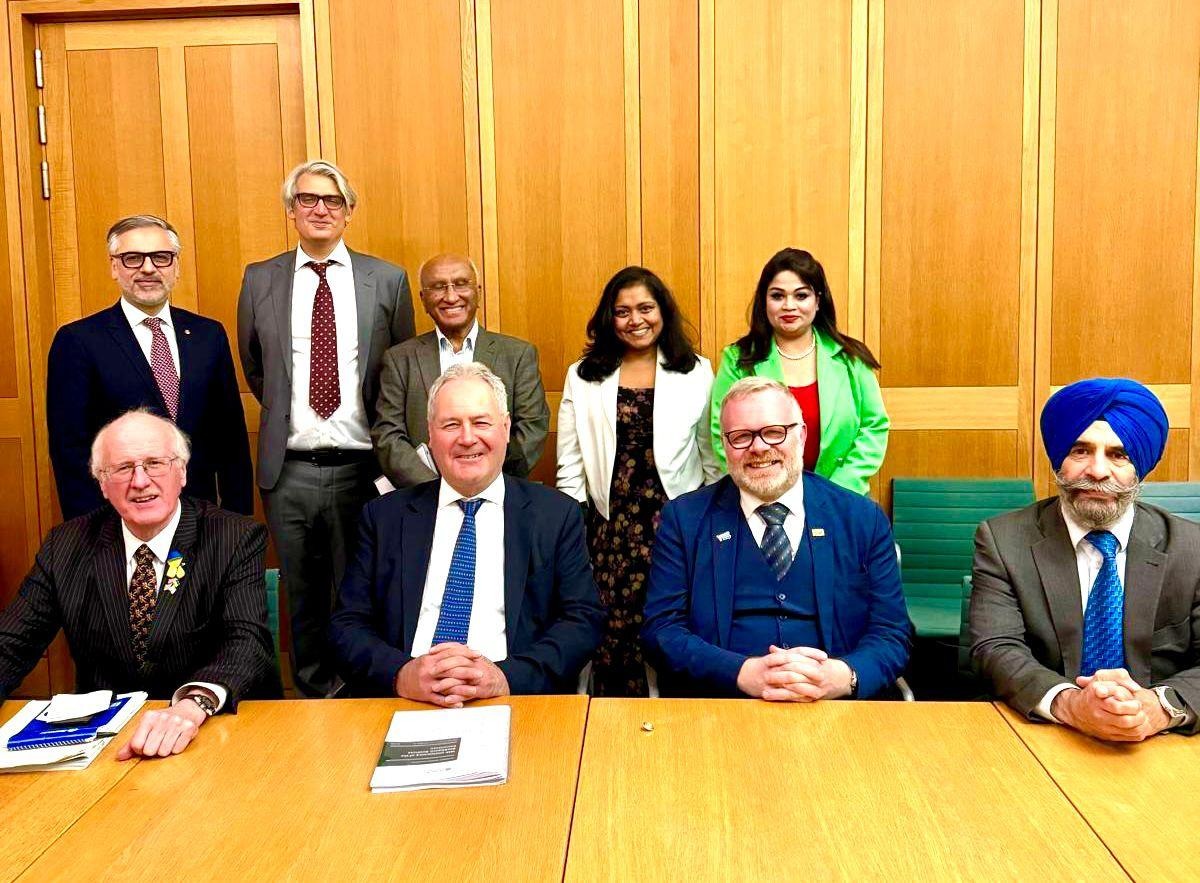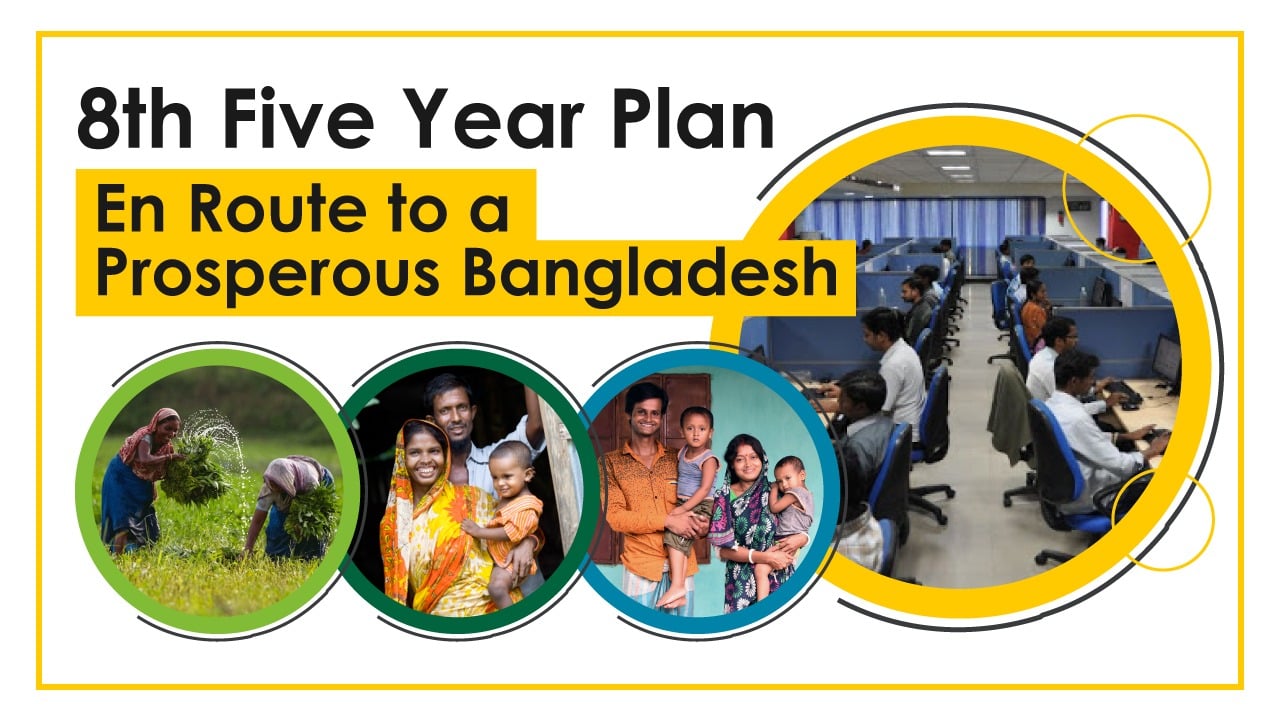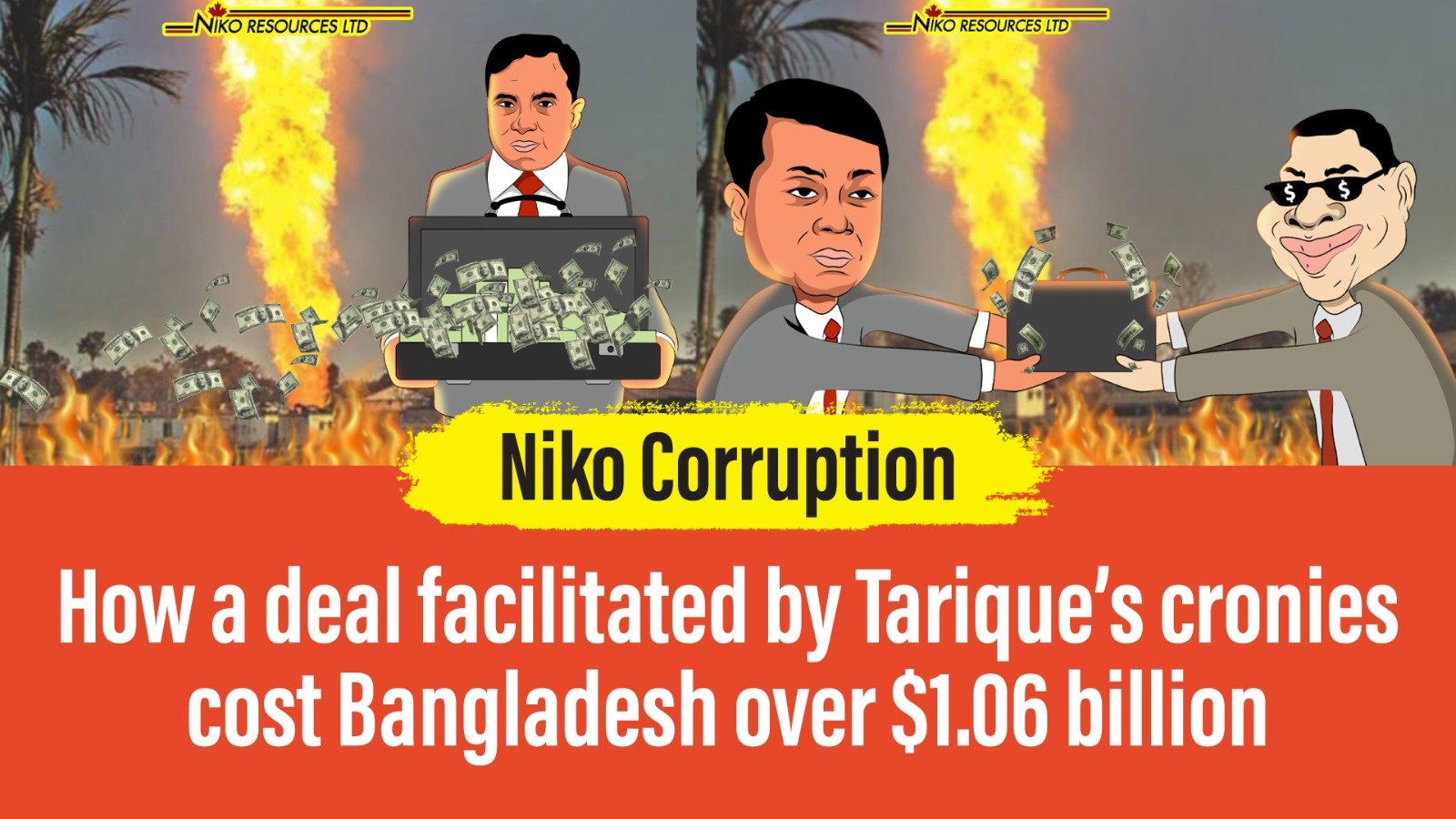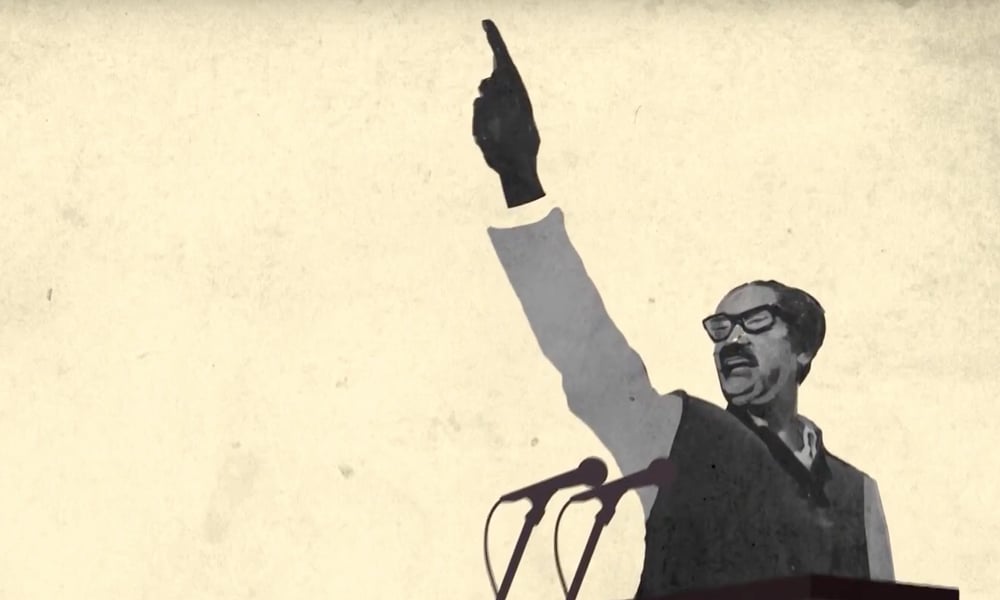3517
Published on September 30, 2021Dr Atiur Rahman:
HPM Sheikh Hasina is lucky to have inherited the magnificent legacy of leadership from her father who is also our Father of the Nation. According to Rabindranath Tagore, it is not the lack of money but that of confidence which constitutes the biggest problem for a society.
Fortunately, Bangladesh was blessed with a leader of global stature like Bangabandhu Sheikh Mujibur Rahman who demonstrated that the country could move on to the highway of inclusive development banking on the social capital called bharosha (confidence in his focused compassionate leadership) while it started its post-war developmental journey literally with nothing.
This journey from ashes to prosperity, from 'desolation to hope' was made possible due to the immense trust in Bangabandhu's reassuring leadership. He started his journey with an economy of only 8 billion USD, per capita income of 93 USD, savings to GDP and investment to GDP proportions as 3% and 9% respectively with not even a dollar in the exchequer. With about 80% of poverty rate and fertility rate around six per eligible couple, the country was overwhelmed with myriads of challenges. Thanks to his prudent policies covering greater investment in modernising agriculture for increased food production along with revitalisation of the industrial sector under state management, raising social consciousness for population control and nationalising primary education to reach every nook and corner of the country despite a resource-starved economy deeply engaged in rehabilitation and recovery, Bangladesh witnessed a phenomenal pace of growth in those difficult times.
The per capita income went up to 273 USD by 1975. Inflation began to be contained. The comprehensive rationing system provided some food to the hungry. And the country was well on its way to recovery followed by prosperity. Bangabandhu's steadfast leadership manifesting how to convert challenges into opportunities suddenly got upside down following his tragic killing by the traitors on August 15 1975. The per capita income dropped to 138 USD in 1976 and then to 128 USD in the following year. It took thirteen years for Bangladesh under errant leadership to come back to the level of per capita income of 1975.
The country regained its hope and aspiration for restarting the developmental journey in a manner which was initiated by Bangabandhu when his eldest daughter Sheikh Hasina returned home in May 1981 after the sojourn of more than half a decade of political asylum. After a prolonged struggle for regaining democratic rights, she helped Bangladesh come back to track as desired by Bangabandhu. She restarted the inclusive development journey in 1996 after winning a general election.
Besides giving a stunning humanitarian leadership in facing one of the worst countrywide floods in 1998, she began to put more focus on poverty reduction, modernising agriculture, blending public-private policies for fast export-led industrialisation, investing more in people's education, primary health, social protection (by pioneering policies like stipends for the elderly, widows, freedom fighters, girls' education) and, of course, greater focus on physical connectivity through revamping the LGED. The country started moving towards faster growth in per capita income leading to greater prosperity and poverty reduction. Unfortunately, the journey was halted in 2001 and the country went to dogs abandoning the pro-people development strategy initiated by Sheikh Hasina. She continued her struggle for democratic inclusive governance and had to go through all kinds of life threats and undesired jail for many months. Finally, she made a comeback to power in 2009 with a landslide victory in the general election with a promise to achieve 'Digital Bangladesh.'
Since then, she has kept the country on track of an amazing journey of socio-economic transformation. Thanks to her well-designed planned approach to sustainable development thriving on favourable macroeconomic policies with in-built desired incentives, young demographic structure, strong and rising labor force including higher growth of female human resources, major digitalisation both in government and finance with an active developmental central bank, courageous investment in mega projects including the Matarbari hub of power and deep seaport, metro rails, multilane highways, bridges including the famous Padma bridge with own resources, the special economic zones including Bangabandhu industrial park at Mirsarai, Karnaphuli Tunnel, elevated expressway, Rooppur nuclear energy project etc., Bangladesh has been moving on confidently as one of the first few fast-moving countries of the world.
The continuity of the government with farsighted policy consistency of the HPM made all this possible. Despite the huge inflow of resources for the recovery, the overall debt to GDP ratio remains around 35% including 13.4% of GDP as external debt on the back of growing foreign exchange reserves of 46 billion USD that is good enough for about eight to nine months' of import. All international credit rating agencies have, therefore, upheld the stable outlook of Bangladesh's macro economy. The Asian Development Bank has projected that Bangladesh would grow at a rate of 6.8% during the current fiscal year. My own hunch is that with the strong leadership of HPM on inclusive and green recovery of the country from the pandemic, this may cross well over seven percent. What is more surprising is that 73% of the growth in the economy took place during the last twelve years of her rule. No surprise, the UN has recognised her with the 'SDGs Progress Award' in collaboration with the Earth Institute led by Professor Jeffrey Sachs. He called her 'Jewel in the Crown ' which reflects the global appreciation of her inclusive and compassionate leadership.
This award was overdue as the benefits have already reached the bottom of the social pyramid in Bangladesh. Over the period of 2009-2020 both average poverty and extreme poverty was reduced by more than half to around 20% and 10%. The pandemic may have stalled the process of poverty reduction temporarily but the quick recovery due to massive stimulus packages of nearly 5% of GDP by HPM has already started reversing the downhill slide. The inflation remains controlled (5-6%). The food production index has surpassed China, India, and Vietnam. Massive digitalisation of the government and finance (e.g.,' mobile financial services, agent banking, internet banking etc.) has been helping fast transmission of money to the rural areas with high growth in domestic demand and consumption. The robust growth in remittance (nearly 25 billion USD in the last fiscal year) has been facilitated by digital payment systems and incentives provided by both government and the central bank in terms of cash subsidies and easing of foreign exchange related payment rules. The rural economy has greatly benefited from all these and now looks much more vibrant with its 60% income originating from non-farm activities. In addition, the Bangladesh premier must be credited for improved investment in health care and education including nearly 20% enrolment in technical education, despite some challenges in both the sectors. In a nutshell, one may portray the characteristics of her transformative development philosophy as oriented towards 'high growth and yet focused on inclusiveness', 'self-reliant and collaborative' and 'respect for indigenous culture and openness to innovation'.
The 'Champion of the Earth' and 'Mother of Humanity', Prime Minister Sheikh Hasina pursues open regionalism balancing both India and China despite huge financial and social pressure originating from supporting food and other basic needs of a million plus displaced Rohingyas from Myanmar. President of Climate Vulnerable Forum, she has been waging a war on climate challenges not only for Bangladesh but also for the entire climate affected population of the world and showing the world how to invest in climate action emphasising both adaptation and mitigation. Her 'Mujib Climate Prosperity Plan' is likely to show the world in the upcoming COP26 how to make a transition from risk to resilience and then to prosperity with prudent policy actions. To her, there is no alternative to green recovery and inclusive growth. No doubt, she could write, "Climate change, pandemics and destruction of nature are common threats. They should unite us in working towards a common solution: a cleaner, greener and safer world.'
Many happy returns on the HPM's birthday!
Writer: Bangabandhu Chair Professor, Dhaka University and former Governor, Bangladesh Bank
Courtesy: The Business Standard
(The views, information, or opinions expressed in the content above belong doesn't necesserily represent the Editorial panel of Bangladesh Awami League's official website or the Party itself)














